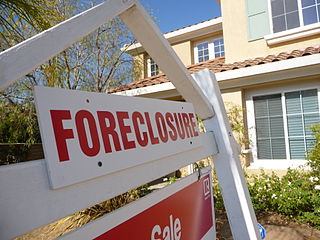In the US, new foreclosure filings fell from February to March, but only by 1%. According to the latest RealityTrac data, one out of every 856 housing units nationwide received a foreclosure notice last month. But as you might expect, some states did much worse than others. Can you guess which?
Here they are, listed by the highest foreclosure rate:
Nevada - 1 in every 306 housing units
Florida - 1 in 317
Illinois - 1 in 441
Ohio - 1 in 447
Maryland - 1 in 630
Georgia - 1 in 649
Arizona - 1 in 662
South Carolina - 1 in 673
Washington - 1 in 687
Indiana - 1 in 733
Times are still tough for real estate investors in Nevada and Florida, and they aren't much better in Illinois or Ohio. Comparing data this way can obviously be deceptive, as some States have areas with widely divergent foreclosure rates (here's looking at you, California). But the data can highlight general trends to be aware of.
What about us? In Minnesota the rate stands at 1 in every 1,228 housing units for the month of March, 2013. Experts see signs of an improving market here -- marked primarily by stabilizing home prices -- despite the frosty Spring we're having. In terms of foreclosure filings, we're seeing up and down months but the overall trend in Minnesota is positive.
The reality though is that many of us, or our friends and neighbors, are grappling with late payments, underwater assets, and the threat of foreclosure. There is relief out there, whether through a foreclosure avoidance program or a Chapter 13 restructuring of mortgage debt, including a possible lien strip of junior mortgage debts. It's a good time to speak with a professional about options. The trending downticks in foreclosures and uptick in prices means now is a great time to sort out those real estate issues.
Image credit: Jeffrey Turner

